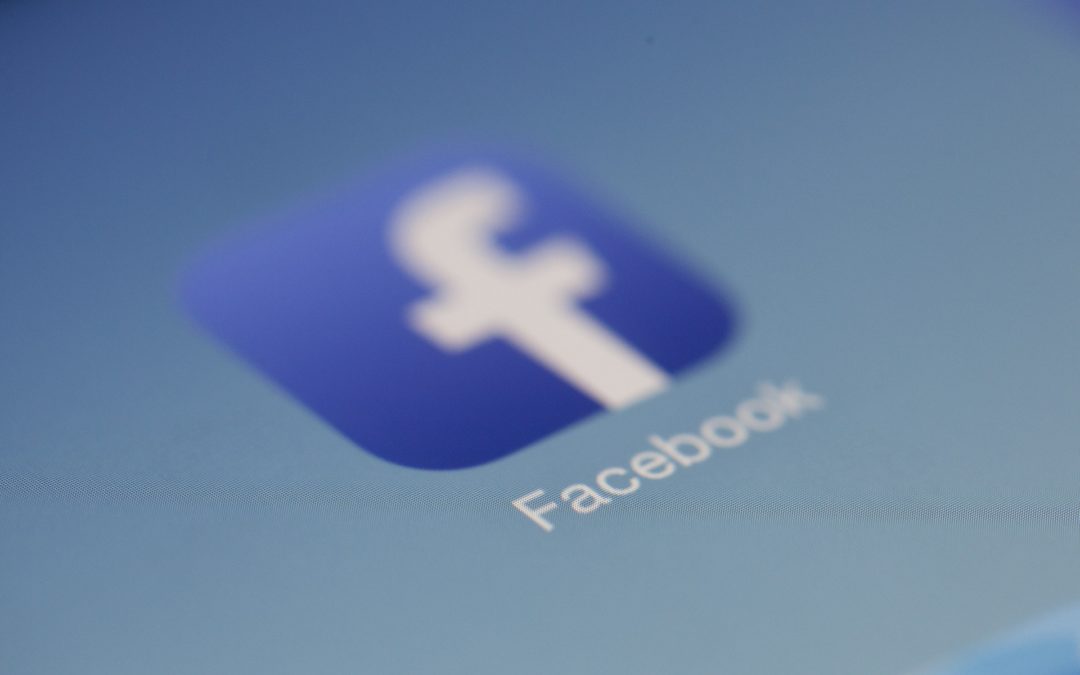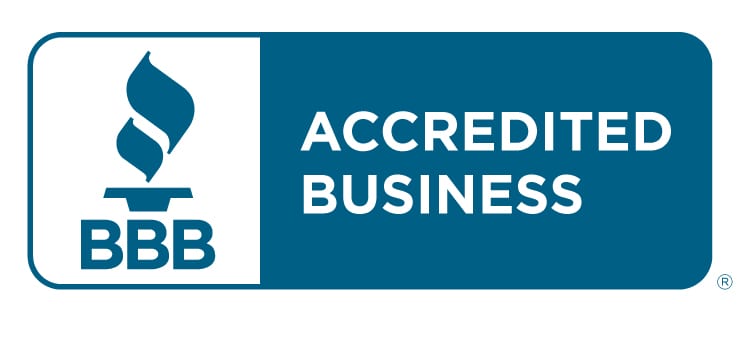
Top 10 Social Media Channels to Use for Your Business
Growth of Social Media
It is truly amazing how big social media is today and how it has become a truly powerful marketing tool in this country and around the world. The increased use of mobile phones has led to continued growth of social media across all age groups. We’ve recently read that 40% of all cell phone users do social networking on their phone, with 28% of them doing so on a daily basis. Social media is growing by the day and should be a part of your marketing plan.
Lesson To Be Learned
There is a precautionary tale to share with you in that it takes a considerable amount of time to run a social media platform. The more channels you choose, the more tasks and posts you will have to do. If you or your staff will not have enough time to commit to a large number of social media channels, do not choose more than you can handle.
Our Suggestion
Our suggestion to to pick the social media channels that best match your company’s brand, target audience, and overall marketing goals. Yes, it is possible to have too many social media channels for your business. Take time to compare the advantages and disadvantages of each of the available channels and choose only a few that you will make a true commitment to.
So Now What?
After you have decided the social media channels on which your business will focus, it’s time to create a social media plan. We suggest writing out your plan for the year and then reviewing and adjusting it on a quarterly basis. If you don’t write it down, time will go by so quickly that you will miss opportunities simply because you are busy running your company. Remember, your plan and activities need to focus on things that your target market will be interested in, rather than just another outlet for your company’s promotional efforts.
Here are our Top 10 Social Media channels for your business:
- Google+
- YouTube
- Tumblr
- Flickr
- Foursquare






